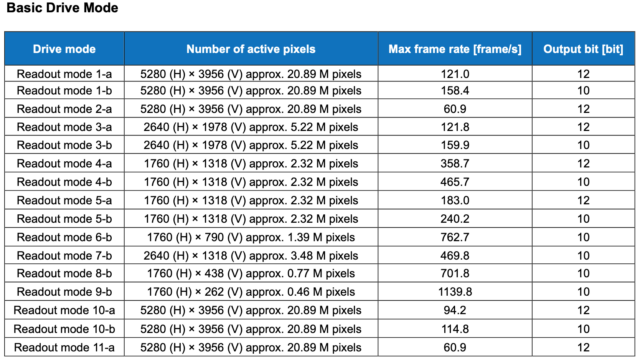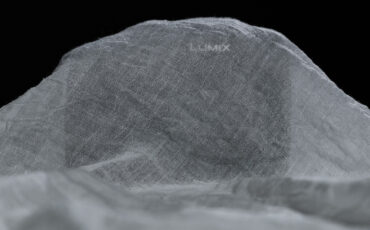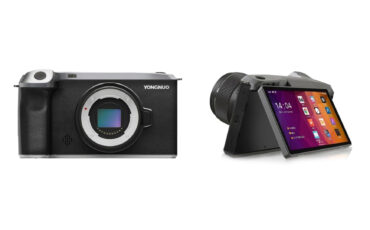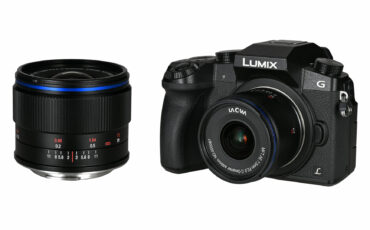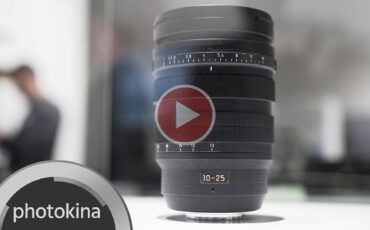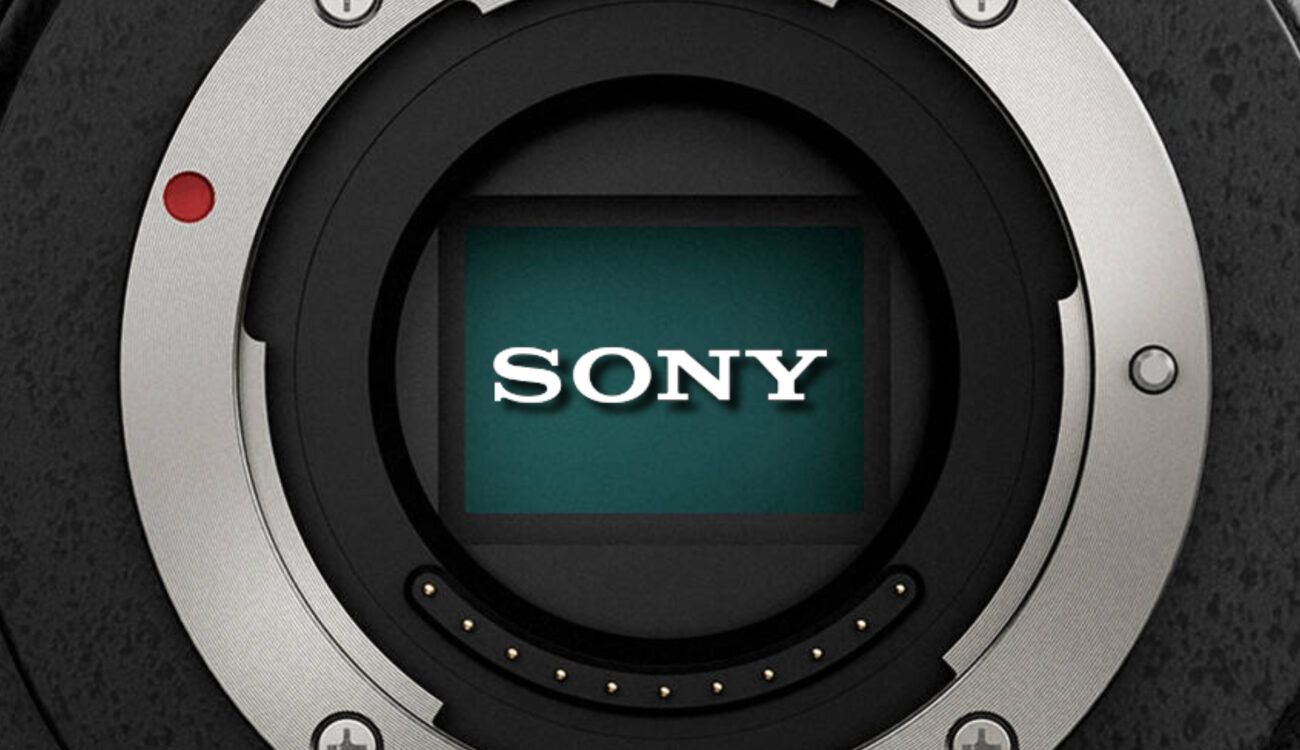
A tentative new sensor design from Sony shows that the giants still see a future in MFT (Micro Four Thirds) sensor designs, and that smaller-sized sensors can still offer benefits in a full frame world.
It’s getting hard to remember the last time I saw a big, internet-wide kerfuffle about a camera that wasn’t full frame. Perhaps the Panasonic GH6 will manage to excite the public once more but, even if it does, the venerable line can’t sustain MFT sensors all on its own. The financial fate of Olympus has led many to conclude that it’s full frame or death, even gazing into their crystal ball and seeing a future where Panasonic gets out of the camera game altogether.
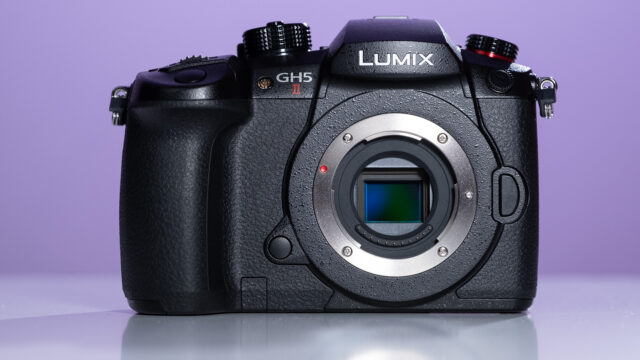
Well, now details on a new 21.46-megapixel MFT sensor design, and its impressive abilities show that Sony, at least, doesn’t share this point of view. Though it doesn’t make any MFT-sensor cameras itself, Sony has long built the sensors themselves and sold them to companies like Olympus. Some have speculated that Panasonic may even use this sensor in the GH6 – the stats are that impressive.
Modern video and the need for speed
“Stacked” sensor technology allows incredibly fast readout, and lets even full frame sensors read out at 120p and beyond without having to crop in. But MFT sensors are smaller and, thus, even faster at reading out when using that same stacked architecture. According to Sony’s press material, the new sensor can capture 20-plus-megapixel images (that is, slightly over 6K) at close to 160p in 10-bit and, astonishingly, up to 120p in 12-bit recording mode. It can reach many-hundreds of frames per second in absurdly low resolutions, but the lowest resolution above 1080p (2640 × 1318) can still reach a whopping 470 frames per second!
ARRI Tech Talk Live
This, of course, assumes an arbitrarily powerful CPU to drive said performance, so it’s no guarantee that any camera sporting this sensor will achieve these rates.
Additionally, a faster readout also means that it can deliver less rolling shutter, and together with high-fps modes for slowdown, we have the perfect shooting platform for action-packed activities like sports. And, speaking of sports, this sort of action must often be filmed from a distance – making an inherently “cropped” sensor into a useful tool for long-distance framing.
As impressive as Sony’s stacked full frame sensors are, and as impressive as Canon’s similar offerings are predicted to be, the fact is that MFT versions of the same approach should be even faster, with even fewer compromises.
A more useful cinematic look (sometimes)
Beyond the technological advantages of building smaller sensors, there is also the stylistic advantage: not looking like you’re in film school. Let’s be honest; ever since the 5D MkII hit the market, cinematic bokeh has been so available that it’s become little more than a signifier of having spent a bit of money. Those who are desperate to establish themselves as “pro” tend to lean into it and so, over time, many have come to associate over-use of extreme depth of field with amateur cinema. When they’re less disciplined, even big-budget directors can go too far with blur.
The problem is, the mechanics of full frame sensors are such that it can sometimes be difficult not to get a blurry background while still achieving exposure. This not only has the mentioned impact on the perceptions of film nerds, but also makes it difficult to capture all of the necessary information in a scene; the background often contains important contextual data for the viewer, and full frame cameras can make it legitimately difficult to capture. Stop down to deal with this problem, and you mitigate much of the low-light advantage that made full frame sensors popular, in the first place.
MFT sensors went out of fashion largely because they’re less able to provide harsh depth of field than their larger cousins; now, as filmmakers retreat from the trend of maximum bokeh, this could be the reason they see a resurgence.
Film tech now as advanced as new Sony MFT sensor
In general, smaller-format sensors will likely always be more affordable than larger ones, because they very often require less advanced production processes to build. This means that full frame shooters may need to wait a year or two while watching MFT shooters enjoy extravagances like 12-bit data streams and near-global shutter, before that technology trickles up to them – and even then, at a higher price.
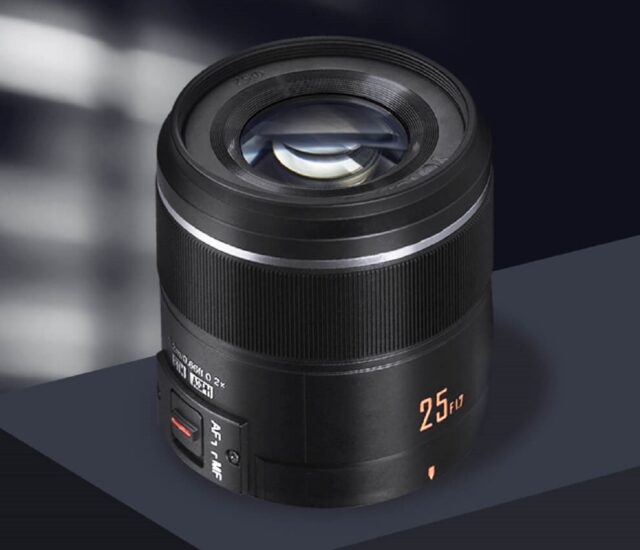
Sony, in particular, has been leading the way in low-light performance with dual ISO systems and other ways of getting more clean data out of the same amount of light. This being the case, the inherent lighting advantages of a big, ray-catching full frame sensor means less today than ever before. As per-pixel performance goes up, the advantages of having those pixels be physically large goes down – and lights themselves keep getting smaller, brighter, and cheaper by the day.
They’re not for everyone, or for every shooting situation, but MFT cameras and sensors have a bright future ahead. Given that Sony, at least, is continuing to push MFT sensors forward, that trend seems likely to continue for quite some time to come.
Link: Sony (PDF)
What do you think of this development and Sony’s commitment to MFT in particular? Share your thoughts in the comments below!



